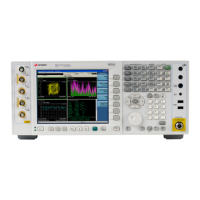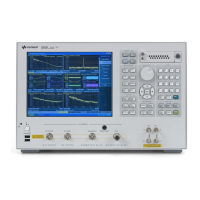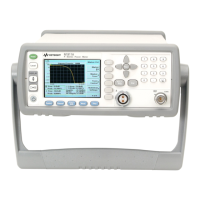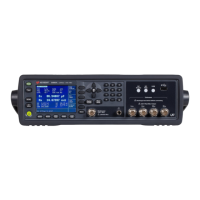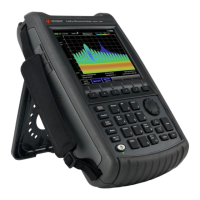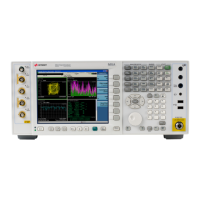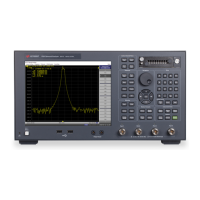8
About the EMI Receiver Measurement Application
The Role of Precompliance in the Product Development Cycle
The Role of Precompliance in the Product Development Cycle
To ensure successful electromagnetic interference (EMI) compliance testing,
precompliance testing has been added to the development cycle. In precompliance
testing, the electromagnetic compatibility (EMC) performance is evaluated from
design through production units.
It is important to have a strategy that will help you test for potential EMI problems
throughout the product development cycle. It is also important to have equipment
and processes in place that will allow you to observe how close you are to
compliance at any given time in the development cycle. This reduces the time and
cost associated with final compliance testing.
Compliance Measurements
Electrical or electronic equipment that uses the public power grid or has the potential
for electromagnetic emissions must pass EMC (electromagnetic compatibility)
requirements. These requirements fall into four broad types of testing:
• Conducted emissions testing focuses on signals present on the AC mains that are
generated by the device under test (DUT). The frequency range of these
measurements is typically 9 kHz to 30 MHz. However, MIL-STD measurement
may have a wider frequency range.
• Radiated emissions testing searches for signals being emitted from the DUT
through space. The typical frequency range for these measurements is 30 MHz to
1 GHz or 6 GHz, although FCC regulations require testing up to 40 GHz.
• Radiated immunity is the ability of a device or product to withstand radiated
electromagnetic fields.
• Conducted immunity is the ability of a device or product to withstand electrical
disturbances on power or data lines.

